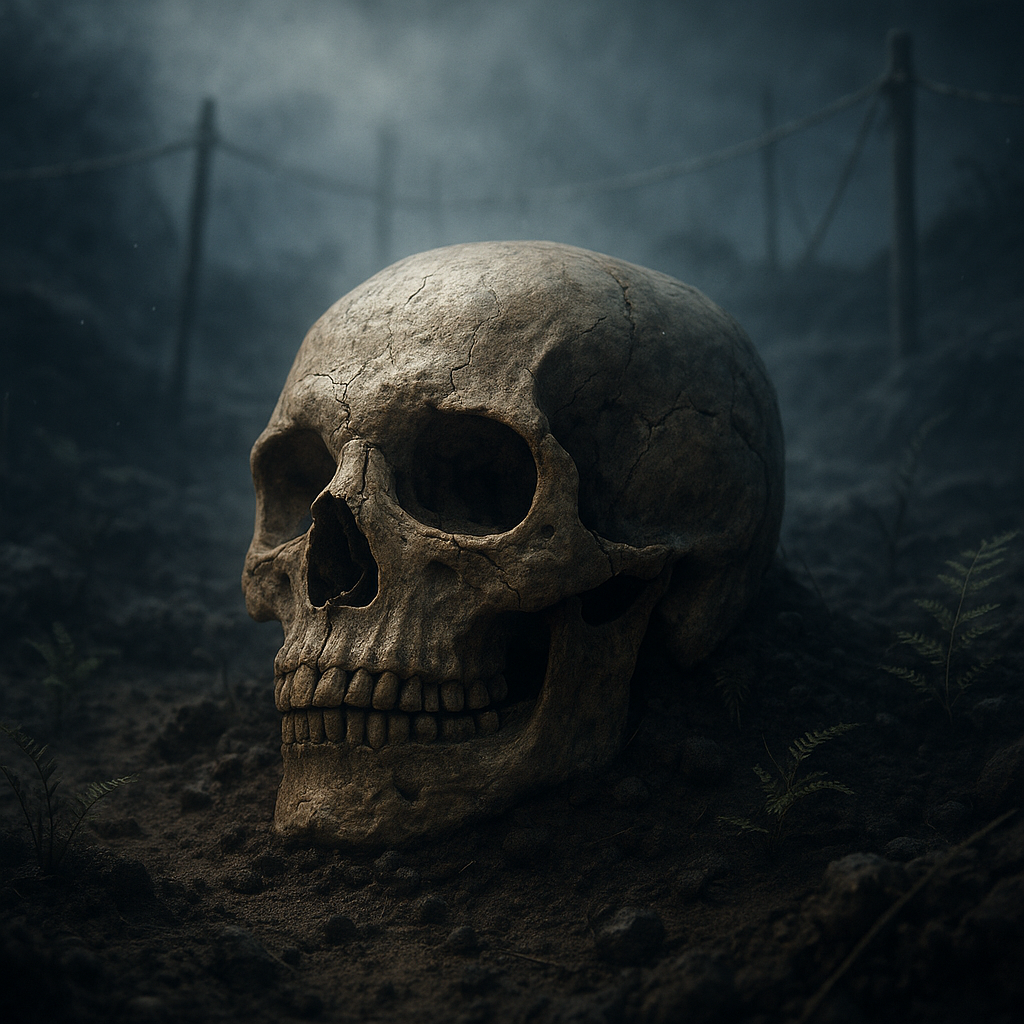A skull unearthed in China challenges the timeline of human evolution, scientists say — and it’s stirring up more questions than certainties. This isn’t just another fossil headline. It could mean we’ve been underestimating how messy (and interesting) our ancestry really is.
The discovery: Yunxian 2 rises from distortion
The fossil in question was dug up back in 1990, in central China’s Hubei province. For decades, researchers struggled to place it in the human family tree because the skull was badly crushed and deformed.
Now, with advanced digital reconstruction techniques, scientists believe the skull — dubbed Yunxian 2 — may belong to the branch that includes Homo longi, sometimes called “Dragon Man,” and possibly tie into the Denisovans.
The age estimate? Somewhere between 940,000 and 1.1 million years old. That places it far earlier than many prior divergence models would have predicted.
Why this changes the story (or might)
1. Pushing back lineage splits
Most conventional evolutionary models place the divergence of modern humans (Homo sapiens), Neanderthals, and Denisovans somewhere in the half-million to 700,000 years ago window. But if Yunxian 2 truly belongs near the root of that split, we may need to move those dates back—maybe by hundreds of thousands of years.
2. Multiple lineages coexisting in Asia
Rather than Africa being the single primordial “cradle,” this offers evidence that significant human-lineage branching was already happening across Eurasia. Regional populations may have evolved semi-independently, mixing and matching traits over long periods.
3. Reclassifying old fossils
Fossils previously tagged as Homo erectus or ambiguous archaic Homo might get reevaluated. Some may represent branches of the same lineage as Yunxian 2 (i.e. Homo longi or Denisovan-adjacent).
What’s solid — and what isn’t
This is thrilling stuff. But it’s not a slam dunk. Here’s where things get shaky:
- We don’t have DNA from Yunxian 2 (which is often crucial for classification).
- Some experts caution that morphological (shape) comparisons alone can be misleading, especially given deformation and limited sample size.
- The “Muddle in the Middle” — the time between ~300,000 to ~1 million years ago — is messy and full of overlapping fossils. This specimen may help clarify that fog, or it may deepen the confusion.
Still, the authors argue this skull “challenged the old timelines of human evolution.”
What this means for us (and future research)
- Paleoanthropologists will be digging (literally and digitally) into other underexplored fossil sites in Asia.
- Fossil databases will likely see a wave of reanalysis—comparing skull metrics, facial anatomy, and internal structures more rigorously.
- We may become more open to a “network” model of human evolution (lineages splitting, converging, interbreeding) rather than a neat linear tree.
- And, as always, new finds or genetic breakthroughs could overturn even this.
Takeaway
When a single skull can upset decades of consensus, you know the ground is shifting. A skull unearthed in China challenges the timeline of human evolution, scientists say — and the ripple effects are already spreading through paleoanthropology. This find emphasizes that human evolution wasn’t a simple ladder but a web of branches, some of which are still being uncovered.


